AVAILABLE IN CATALAN AND ENGLISH
OLDEST THAN MONTSERRAT ITSELF / MÉS ANTIC QUE LA PROPIA MONTSERRAT
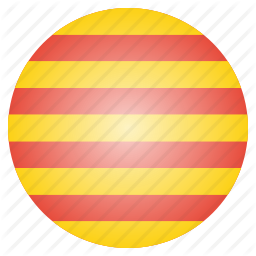 Encara que sembli estrany, l'origen de la formació de Montserrat no és el més antic que pots arribar a trobar en aquest massís d'uns 50 milions d'anys d'origen. Ben desapercebuts, s'amaguen uns éssers, que, encara que han vingut fora de Catalunya, superen amb molts milions d'anys l'edat de Montserrat. Aquests petits éssers s'amaguen dins de la basílica de Montserrat, de què pot tractar-se i on es troben, continua llegint el listing i descobreix-ho!
Encara que sembli estrany, l'origen de la formació de Montserrat no és el més antic que pots arribar a trobar en aquest massís d'uns 50 milions d'anys d'origen. Ben desapercebuts, s'amaguen uns éssers, que, encara que han vingut fora de Catalunya, superen amb molts milions d'anys l'edat de Montserrat. Aquests petits éssers s'amaguen dins de la basílica de Montserrat, de què pot tractar-se i on es troben, continua llegint el listing i descobreix-ho!
 Although it seems strange, the origin of Montserrat's formation is not the oldest one that you can find in this massif of about 50 million years old from his origin. Well hided, some animals are hiding, although they have come out of Catalonia, they overcome the age of Montserrat many million years. These little beings are hiding inside the Monserrat basilica, what can be and where they are, continue reading and discover it!
Although it seems strange, the origin of Montserrat's formation is not the oldest one that you can find in this massif of about 50 million years old from his origin. Well hided, some animals are hiding, although they have come out of Catalonia, they overcome the age of Montserrat many million years. These little beings are hiding inside the Monserrat basilica, what can be and where they are, continue reading and discover it!


















QUÈ FAN AQUÍ UNS FÒSSILS?
La majoria de les calcàries es formen en aigües marines poc profundes, tranquil·les i càlides, perquè aquest és el tipus d'ambient on els organismes capaços de formar els dipòsits i esquelets de calcita poden extreure fàcilment els ingredients necessaris de l'aigua de l'oceà. Quan aquests animals moren, la seva closca i les deixalles de l'esquelet s'acumulen com a sediment en el llit marí i aquest sediment podria al seu torn ser litificado en pedra calcària.
 Prestarem molta atenció a uns blocs al terra d'un color vermell rossat, s'anomena marbre vermell de verona (rosso verona), una pedra calcària mal estratificada i marga calcària, generalment caracteritzada pel seu color vermell i rosa. Estreta generalment dels Alps, els Apenins i a Sicília, per a l'ambient pelàgic. Aquest material vermell es va originar durant un període de temps que va des del Triàsic Mitjà (176 Milions d'anys) fins al Juràssic Superior (145 Milions d'anys).
Prestarem molta atenció a uns blocs al terra d'un color vermell rossat, s'anomena marbre vermell de verona (rosso verona), una pedra calcària mal estratificada i marga calcària, generalment caracteritzada pel seu color vermell i rosa. Estreta generalment dels Alps, els Apenins i a Sicília, per a l'ambient pelàgic. Aquest material vermell es va originar durant un període de temps que va des del Triàsic Mitjà (176 Milions d'anys) fins al Juràssic Superior (145 Milions d'anys).
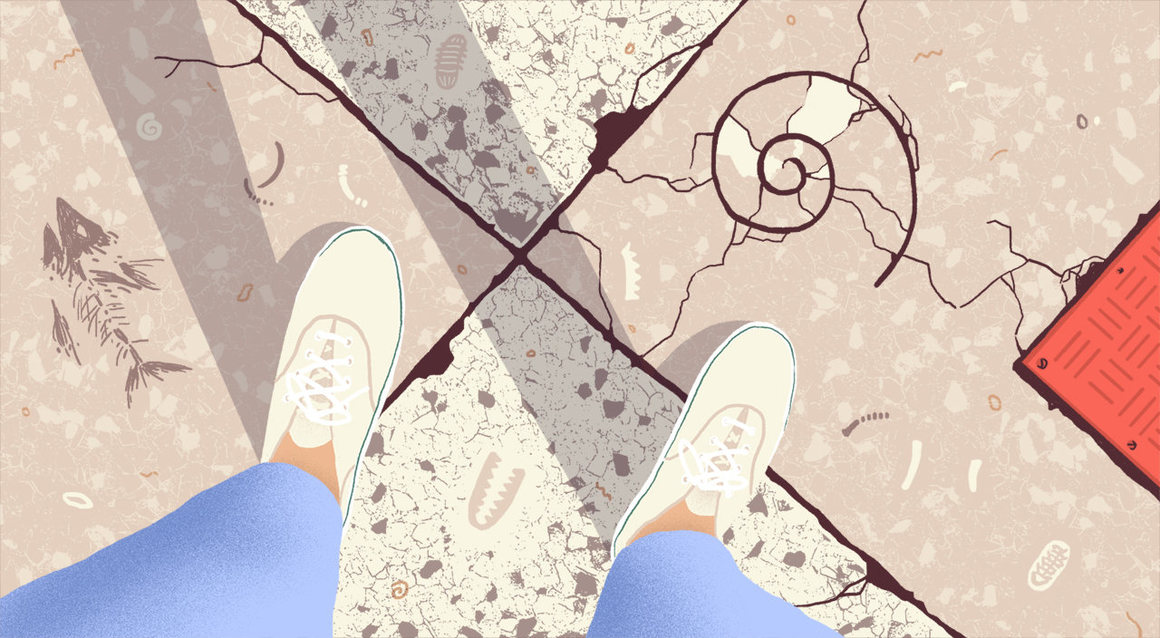
QUE FÒSSILS TROBAREM?
AMMONOIDEA

Els amonits (o ammonoidea) són invertebrats extints, parents llunyans del nautilo, el calamar, la sépia i el pop. Les amonitas van aparèixer per primera vegada al voltant de 240 milions d'anys. Es van fer especialment abundants i generalitzats en les mars dels períodes Juràssic i Cretàcic, de 175 a 65 milions d'anys. La desaparició d'amonitas del registre fòssil s'atribueix a un altre esdeveniment d'extinció massiva entre els períodes Cretatious i Paleogene, concretament als 65 Milions d'anys durant la coneguda extinció massiva del KT. Les amonitas eren de cos tou i vivien dins de la seva closca dura i calciferol, per la qual cosa és la capa de cambra fàcilment recognoscible que es troba com un fòssil d'amonit.
BELEMNITIDA
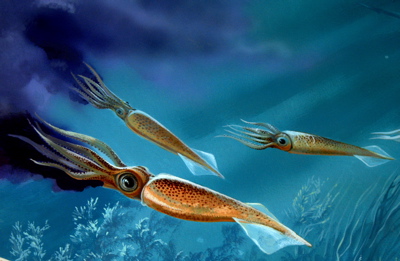 Belemnitida (o belemnits) és un animal extint de cefalòpodes que va existir durant l'era Mesozoica, des de l'edat Hettangiana del Juràsic Inferior fins a l'edat Maastrichtiana del Cretàcic Superior, és a dir, al voltant de 200 a 65 milions d'anys (degut a l'extinció massiva del KT). Les parts calcíferes de la belemnita estaven contingudes dins de la carn tova del seu cos i, per tant, amb molt poques excepcions, aquestes parts internes del cos més petites són les que sobreviuen com a fòssils de belemnita. Les belemnitides, són menys recognoscibles si no has vist una abans, ja que les parts carnoses de la criatura que van formar la major part de la seva forma corporal rares vegades es fossilitzen.
Belemnitida (o belemnits) és un animal extint de cefalòpodes que va existir durant l'era Mesozoica, des de l'edat Hettangiana del Juràsic Inferior fins a l'edat Maastrichtiana del Cretàcic Superior, és a dir, al voltant de 200 a 65 milions d'anys (degut a l'extinció massiva del KT). Les parts calcíferes de la belemnita estaven contingudes dins de la carn tova del seu cos i, per tant, amb molt poques excepcions, aquestes parts internes del cos més petites són les que sobreviuen com a fòssils de belemnita. Les belemnitides, són menys recognoscibles si no has vist una abans, ja que les parts carnoses de la criatura que van formar la major part de la seva forma corporal rares vegades es fossilitzen.
Els fòssils de belemnitides i amonits són bastant fàcils de reconèixer gràcies al fet que la majoria de les parts visibles cap a fora estaven fetes de calcita que es va fossilitzar, de manera que la forma del fòssil és molt similar a la forma general de la criatura vivent.
Tot el que necessites per a completar aquest EarthCache es pot trobar al listing i dins del monestir (únicament la zona central de visita). Per a marcar aquest catxè com a "Trobat", cal buscar els fòssils per la calcària vermellosa. Observa les següents fotografies, localitza els fòssils i respon a la seva pregunta. Opcionalment, pots observar l'ubicació dels fòssils a la galeria d'imatges del listing, pero recomano trobar-ho per tu mateix!
Envia les respostes al meu perfil de geocaching per a poder logejar aquest Earth:
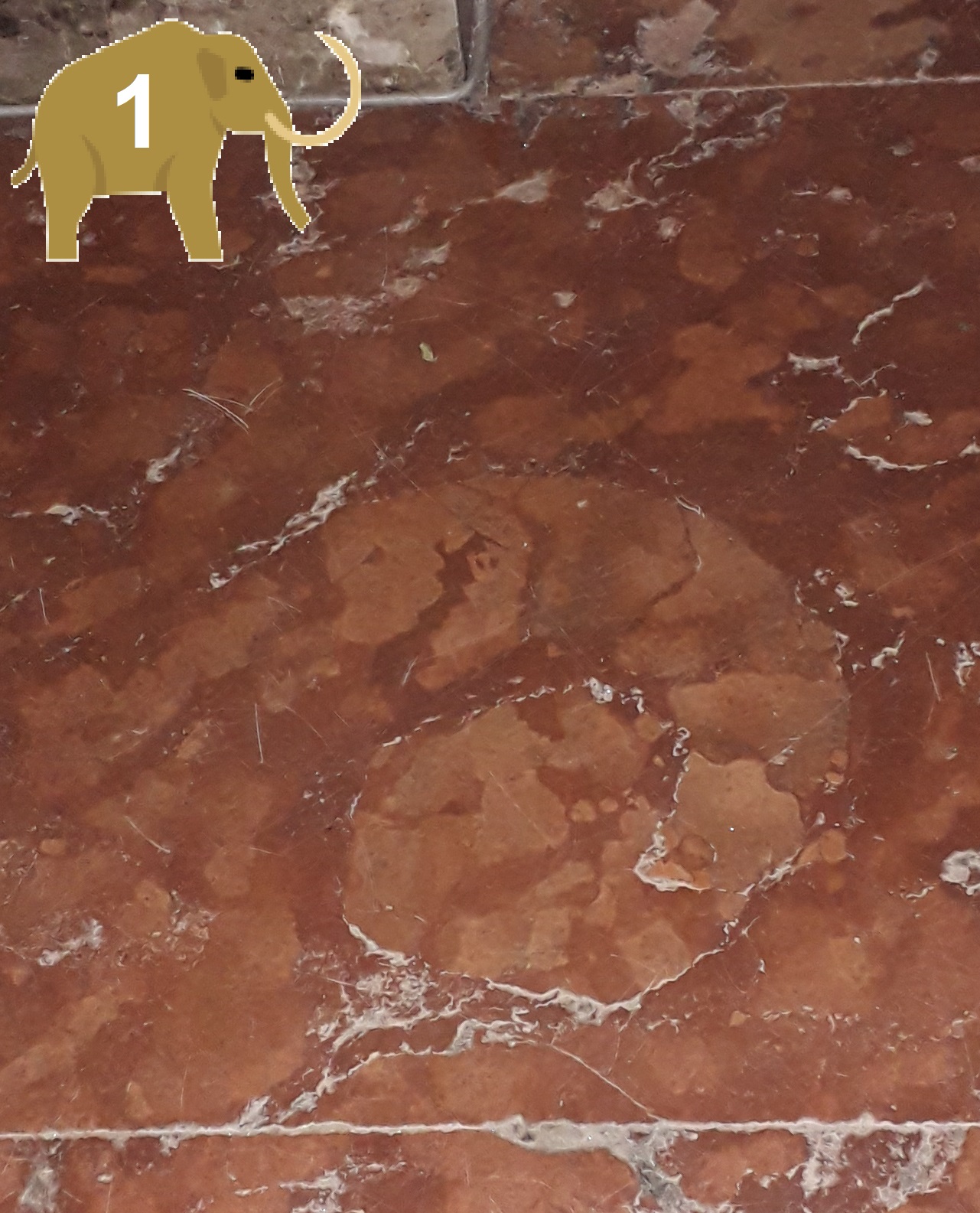
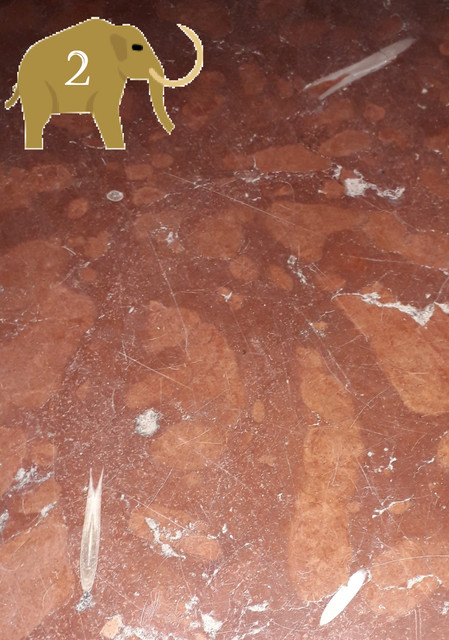
1-AMMONOIDEA: Observant el fòssil a simple vista, es més gran o més petit que una má oberta?
2-BELEMNITIDA: A simple vista, quan creus que mesura de llarg la belemnita mes gran de tot el bloc?
3- Ordena de més antic a mes recent els seguents elements:
1) Inici formació morfología de Montserrat,
2) Origen Ammonoidea,
3) Origen Belemnitida,
4) Extinció massiva KT,
5) Creació del monasteri de Montserrat (any 1025)
OPCIONAL: Realitza una fotografia de tu, el nom de l'equip o el GPs en la qual es pugui observar-se un dels fòssils.


















FOSSILS HERE?
Most limestones form in shallow, calm and warm marine waters, because this is the type of environment where organisms capable of forming deposits and calcite skeletons can easily extract the necessary ingredients from the water of the ocean. When these animals die, their shells and skeletal remains accumulate as a sediment in the sea bed and this sediment could in turn be litrated in limestone.
 will pay attention to some blocks on the ground of a reddish color mineral, called verona red marble (verona rosso), a limestone, badly stratified and calcareous marl, generally characterized by its red and pink color. Extreme generally from the Alps, the Apennines and Sicily, for the pelagic environment. This red material originated during a period of time that goes from the Middle Triassic (176 Million Years) to the Cretaceous (145 Million Years).
will pay attention to some blocks on the ground of a reddish color mineral, called verona red marble (verona rosso), a limestone, badly stratified and calcareous marl, generally characterized by its red and pink color. Extreme generally from the Alps, the Apennines and Sicily, for the pelagic environment. This red material originated during a period of time that goes from the Middle Triassic (176 Million Years) to the Cretaceous (145 Million Years).

SO... WHAT FOSSILS CAN BE FOUND HERE?

AMMONOIDEA
Ammonoidea (or ammonids) are extinct invertebrates, distant relatives of nautyl, squid, sepia and octopus. Ammonites first appeared around 240 million years ago. They became especially abundant and widespread in the seas of the Jurassic and Cretaceous periods, from 175 to 65 million years. The disappearance of Ammonites from the fossil is attributed to the mass extinction event between Cretatious and Paleogene periods, specifically 65 Million years during the massive KT extinction. Ammonites were soft-bodied and lived within their hard shell, making it the easily recognizable chamber layer that is found as an amonoids fossil.

BELEMNITIDA
Belemnitida (or belemnites) It is an extinct animal of cephalopods that existed during the Mesozoic era, from the Hettangian period of the Jurassic Inferior to the Maastrichtian age of the Upper Cretaceous, that is to say, about 200 to 65 million years (due to the mass extinction of the KT). The calcineous parts of the belemnite were contained within the soft flesh of their body and, therefore, with very few exceptions, these smallest internal body parts are those that survive as belemnite fossils. Belemnites are less recognizable if you have not seen one before, since the fleshly parts of the creature that formed most of their body shape rarely become fossilized.
The belemnites and ammonids fossils are quite easy to recognize thanks to the fact that most of the visible parts out were made of calcite that fossilized, so that the shape of the fossil is very similar to the general form of the creature living
All you need to log this EarthCache can be found in the listing and inside the monastery (only the central visit zone). Search the fossils around the reddish limestone (rosso verona). Locate the fossils of the photos and answer the questions. Optionally, you can check the location of the fossils in the gallery of this listing, but I recommend finding it for yourself!
Send the answers to my geocaching profile to be able to log this Earth:


1-AMMONIDEA: Looking the fossil, is it bigger or smaller than a common open hand?
2-BELEMNITIDA: Looking the fossil, how big do you think that measures the longest belemnite in the entire block?
3-Write in order from oldest to most recent the following items:
1) Origin formation of Montserrat,
2) Ammonoidea origin,
3) Belemnitida origin,
4) Mass extinction KT,
5) Creation of Montserrat abbey (year 1025)
OPTIONAL: Take a picture of yourself, the team name or the GPs in one of the fossils.
Catxè dedicat a Waita (2004-2019), gràcies per tants records